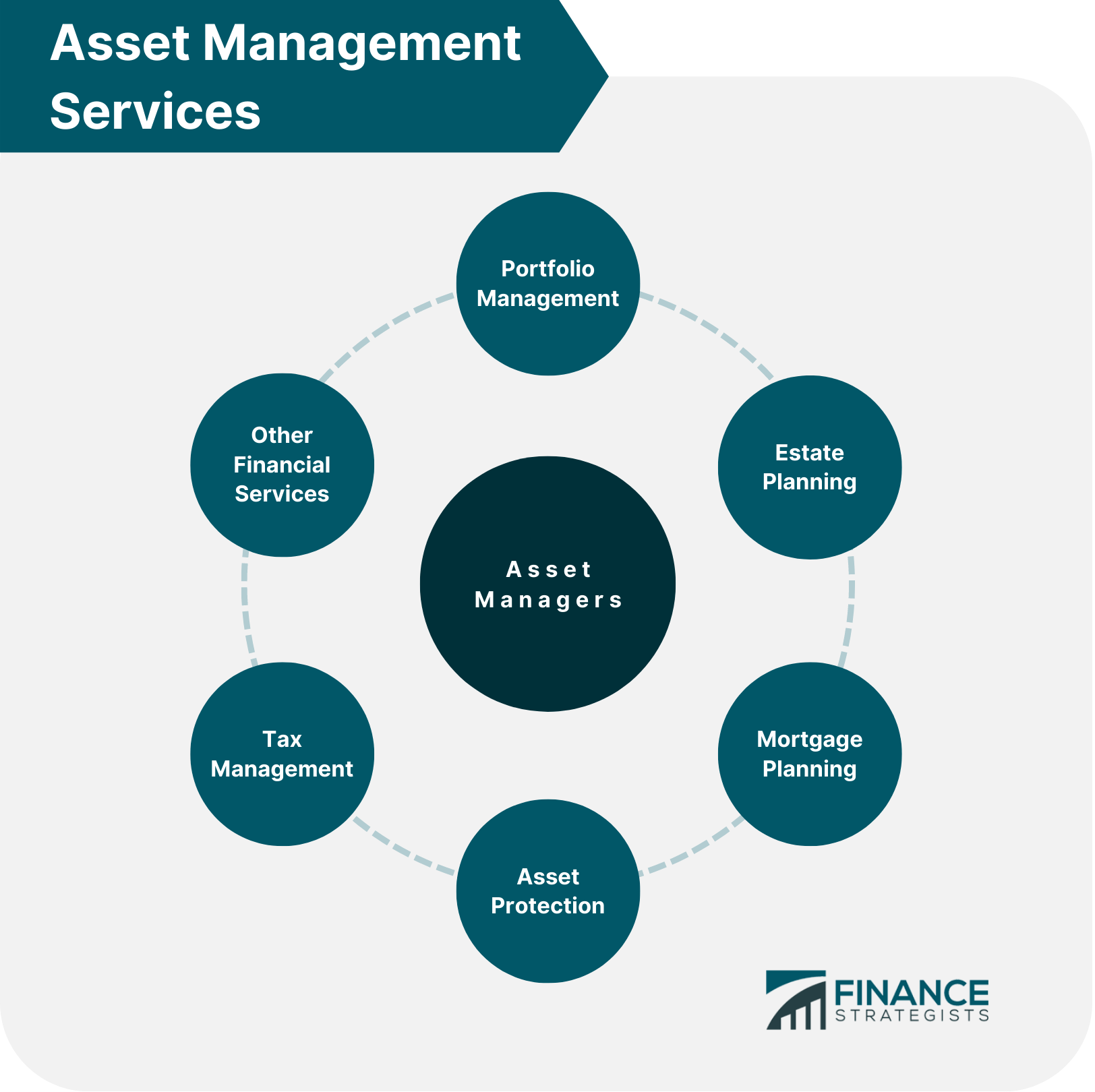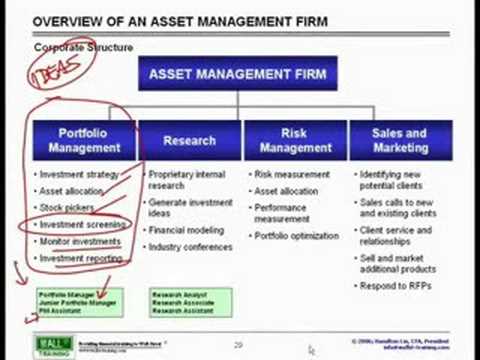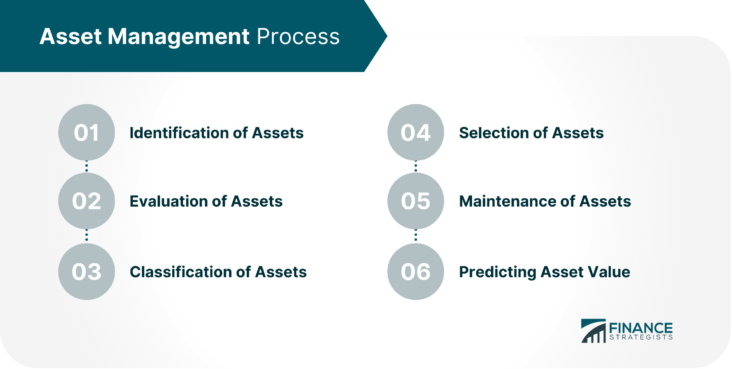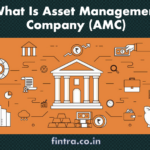Asset management is the strategic and organized approach to the management of physical, tangible, and financial assets that are owned or used by an organization. Asset management helps organizations to maximize their return on investments and ensure that their assets are utilized efficiently. It involves planning, monitoring, and controlling the acquisition, utilization, and disposal of assets to ensure the organization meets its objectives. Asset management is an integral part of any successful business, as it helps to ensure that resources are used effectively and efficiently.
What Are the Different Types of Asset Management?

When it comes to asset management, there are a few different types of strategies that can be used. The most common type is called passive asset management, which involves buying and holding a certain asset or group of assets in a portfolio. This type of management is best suited for those who don’t have the time or resources to actively manage their assets. Active asset management, on the other hand, involves actively monitoring and adjusting a portfolio to take advantage of market conditions and maximize returns. This type of management is best for more experienced investors who have the time and resources to actively manage their assets. Lastly, quantitative asset management relies on mathematical models to analyze data and identify trends. This type of management is usually ideal for larger investment firms and institutional investors who have the resources to do the analysis. All of these types of asset management strategies have their own advantages and disadvantages and should be considered carefully before implementing any one of them.
Benefits of Having an Asset Management System

Asset Management Systems offer a wealth of invaluable benefits to businesses of any size. Having an Asset Management System in place helps organizations to better manage their resources, track their assets, and ultimately save money. With an Asset Management System, businesses can monitor and control their inventory, track their assets, and identify and address potential issues in a timely manner. This helps businesses be more efficient and organized, and can also help them spot opportunities for cost savings. Additionally, Asset Management Systems also provide valuable insights into asset usage, performance, and safety, enabling businesses to make informed decisions about their assets and ensure their assets are being used properly. Asset Management Systems are essential for effective asset management and can provide businesses with a competitive edge.
Challenges in Implementing an Asset Management System

.Implementing an asset management system can be a challenge, but it doesn’t have to be. It’s important to understand the complexities of asset management and the different pieces that make up the system. Asset management systems are composed of various components, from asset identification and tracking to inventory control and maintenance scheduling. There are also legal and compliance issues to consider. To ensure the system runs smoothly, it’s important to take the time to research and find the best asset management system for your business. From there, you’ll need to ensure the system is operating correctly and efficiently, as well as make sure all stakeholders understand the system and its purpose. With the right asset management system in place, you can ensure the assets of your business are managed in the most efficient and effective way possible.
Key Considerations When Choosing an Asset Management Solution

When it comes to asset management, it’s important to make sure you choose the right solution for your business. There are a few key considerations to keep in mind when selecting an asset management solution. Firstly, consider how easy the solution is to use – you want to pick one that is user-friendly and intuitive, so that you can quickly and easily manage your assets. Secondly, make sure you have a comprehensive view of your assets – look for solutions that offer an up-to-date, real-time monitoring of your assets. Finally, consider the cost of the solution – you want to make sure you are getting the best value for your money. By taking these key considerations into account, you can be sure you’re making the right decision when it comes to asset management solutions.
How to Ensure Effective Asset Management Practices

Ensuring effective asset management practices is key to achieving success in asset management. By incorporating key principles and strategies, you can ensure that your assets are managed effectively and efficiently. Taking the time to educate yourself on the best practices for asset management is essential. Start by researching industry standards, such as ISO 55000, and familiarizing yourself with the different types of asset management systems available. Establishing a clear strategy, setting goals and objectives, and developing a detailed plan are also critical steps to ensure effective asset management. Additionally, implementing proper asset management software and regularly tracking and evaluating assets can help ensure that your assets are managed effectively. Taking the time to establish a comprehensive asset management plan and regularly monitoring the performance of assets can help to ensure that assets are managed to the best of their ability and are producing the desired results.




